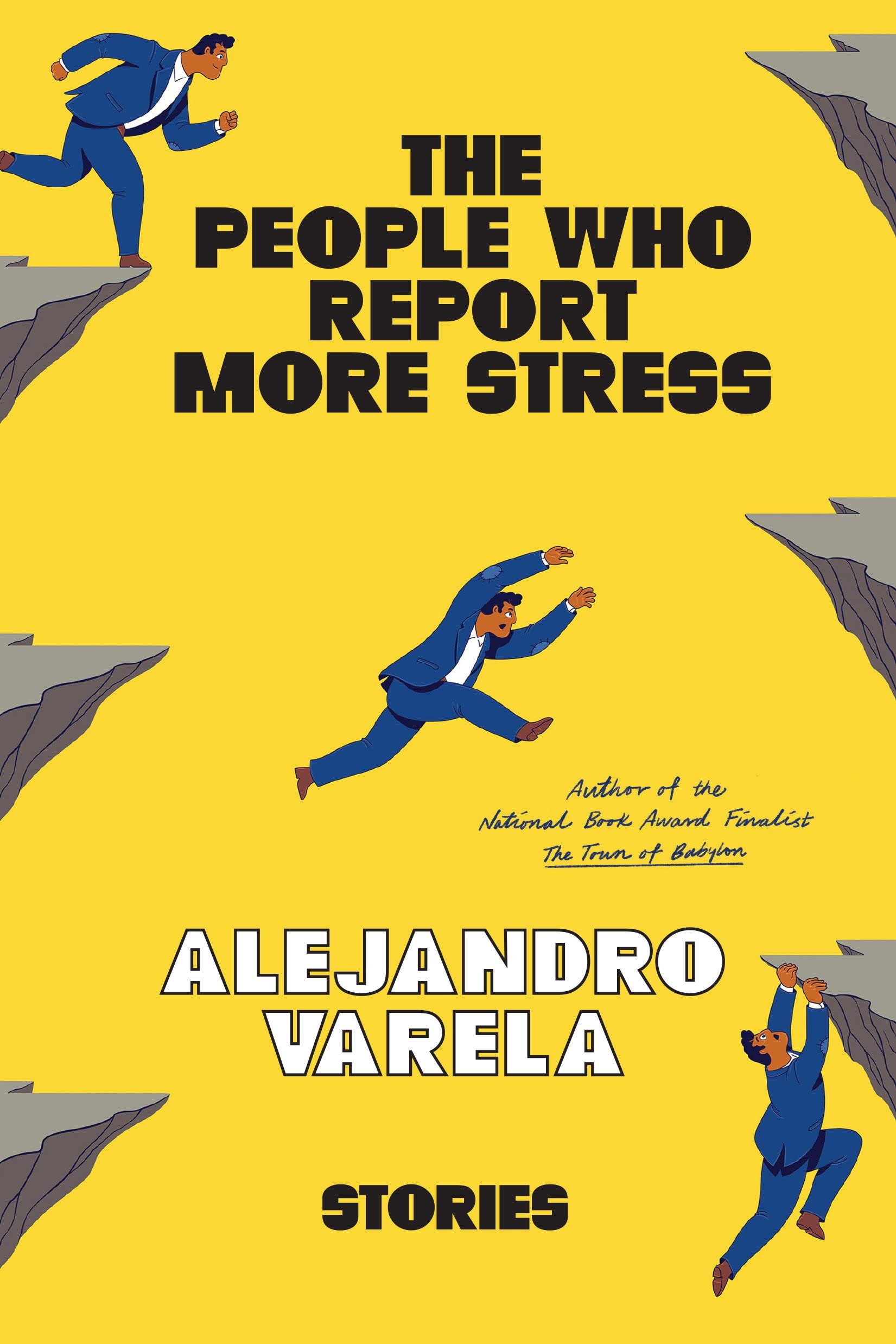Carribean Fragoza, author of the critically-acclaimed story collection Eat The Mouth That Feeds You, is one of the latest winners of a Whiting Award! The Whiting Awards are given annually to ten emerging writers in fiction, nonfiction, poetry, and drama. They are based on early accomplishment and the promise of great work to come. We were excited to catch up with Carribean and ask her a few questions.
Toni Kirkpatrick (TK): What was your first thought after you learned you won a Whiting Award?
Carribean Fragoza (CF): I flickered between two feelings, the first one being the feeling of being fully seen. This feels odd to say because I know that people I consider my community have been seeing me and my work for a long time. But when I took that phone call from the Whiting, and they told me how much time and energy had been invested into following and selecting each of the winners, I experienced maybe a different kind of care in that level of attention. The other feeling I kept flickering into was astonishment which is a kind of detachment from any one emotion or thought. Like is this really happening to me? I’m still sort of cycling between these, plus the thrill/mild terror of “what comes next?”
(TK): You have long been doing work to shed light on the culture and history of South El Monte. How does your hometown influence your fiction?
(CF): South El Monte and El Monte are almost always in my fiction. Sometimes it’s more in the forefront as a specific set of locations that I have in mind for my stories and sometimes it’s more of a mood or vibe. South El Monte and El Monte have a very distinguishable vibe. I see and feel it when I go back home to visit and I can see it in your Bolero of Andi Rowe collection, Toni, as well as in Michael Jaime-Becerra and Salvador Plascencia’s work. Also, every time I’m back in SEM/EM, I notice something new or something will catch my eye and it will immediately inspire something in me. They might be very ordinary things, like a mother pushing a stroller down the street or a kid eating a popsicle, but I feel them very deeply.
(TK): You are also the Prose Editor for Huizache, which made its return last year. What are you seeing these days from Latine writers and what excites you?
(CF): I’m very honored to be on board as Huizache’s Prose editor. And so far, what has excited me the most is work that feels urgent and necessary. These are stories that feel like they need to be told and something very important is at stake for the narrator and other characters (and the author!). The style and risks that writers are taking are responding to the world with all of its beautiful and awful complexities. The voices they are developing in the work are forged from survival and wrought with sharp intelligence. There's a lot of power there.
(TK): What is your advice for Latine writers as they seek to publish their work and find recognition?
(CF): I suppose the best advice I can think of right now is to encourage writers to write stories that feel essential to them and to bring forward voices that are clear, strong, and have something that they need to say. Get in touch with the raw nerve of the story and others will feel it too. And perhaps more importantly: JUST KEEP WRITING. The publishing and awards will come, but most often we don’t have a lot of control over that as writers. But writers gotta write. And writers have to keep learning and growing and getting better. With that said, we also need more Latine/Latinx editors, agents, and other publishing industry folks to create a literary ecosystem that is more supportive of Latine/Latinx writers.
Carribean Fragoza is a fiction and nonfiction writer from South El Monte, CA. Her collection of stories Eat the Mouth That Feeds You was published in 2021 by City Lights and was a finalist for a 2022 PEN Award. Her co-edited compilation of essays, East of East: The Making of Greater El Monte was published by Rutgers University Press and her collection of essays Writing Home: New Terrains of California is forthcoming with Angel City Press. She has published in Harper's Bazaar, The New York Times, Zyzzyva, Alta, BOMB, Huizache, KCET, the Los Angeles Review of Books, ArtNews, and Aperture Magazine. She is the Prose Editor at Huizache Magazine and Creative Nonfiction and Poetry Editor at Boom California, a journal of UC Press. Fragoza is the founder and co-director of South El Monte Arts Posse, an interdisciplinary arts collective. She lives in the San Gabriel Valley in Greater Los Angeles.
Toni (Plummer) Kirkpatrick grew up in South El Monte, California. A Latinx in Publishing board member, she lives in the Hudson Valley, where she acquires, edits, and writes fiction.


































